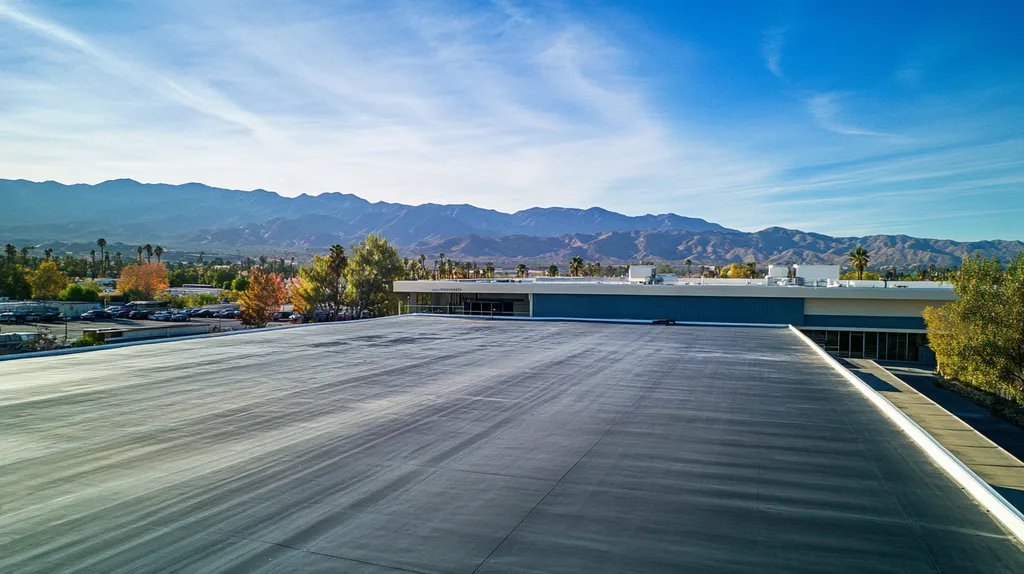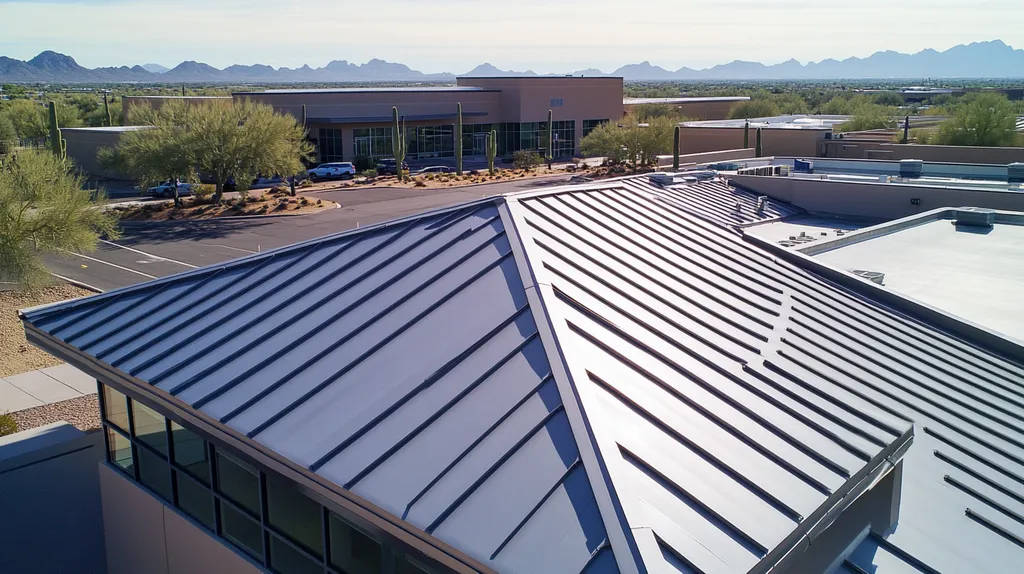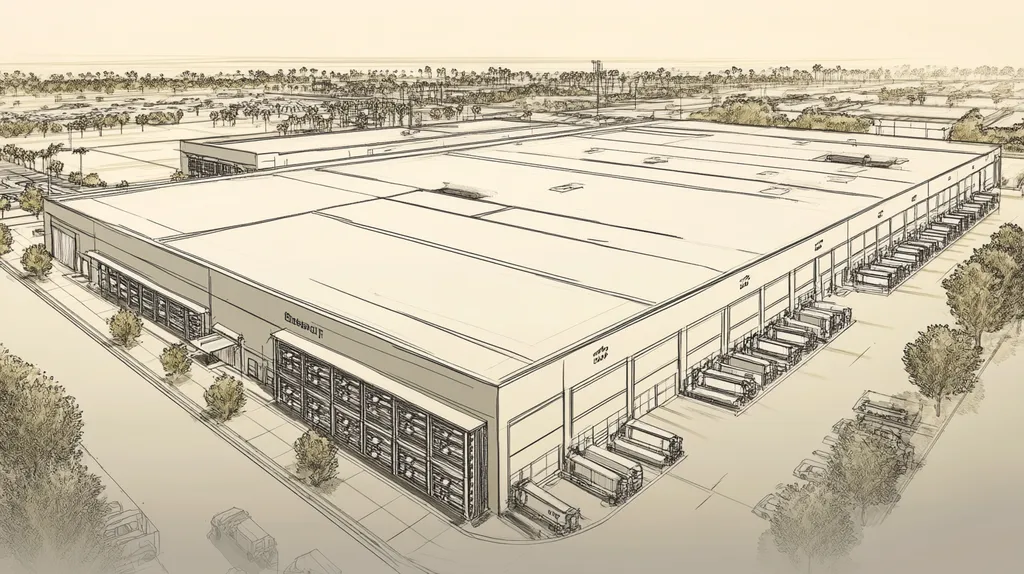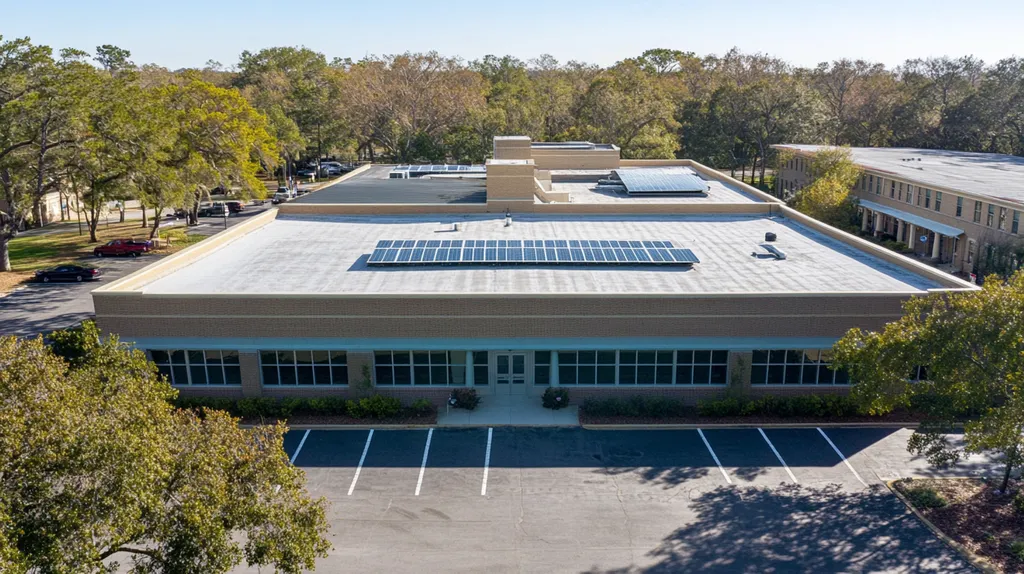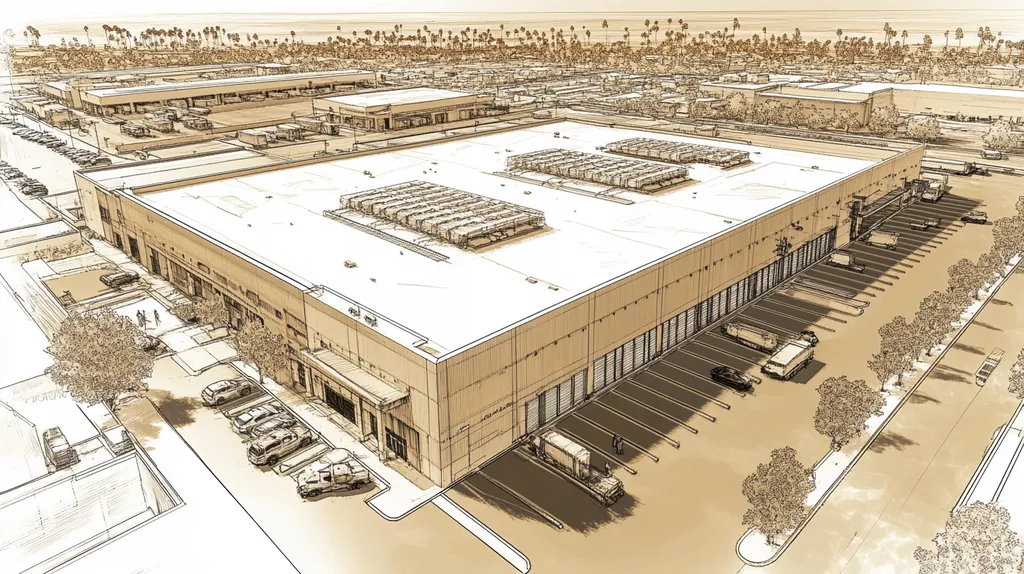Welcome to today’s Battle Royale featuring two roofing heavyweights: “Rooftop HVAC Units” in the east corner versus “Energy Recovery Ventilators” in the west!
Tonight’s showdown pits these contenders against each other across six punishing rounds designed to test every aspect of their performance for Ventilation Effect on Energy Costs.
At stake? Millions in potential costs, decades of building protection, and the critical performance demands of modern commercial and industrial facilities.
Our professional judging panel will evaluate each round on technical merit, real-world performance, and value delivery. After all six rounds, we’ll declare our ultimate champion.
Ladies and gentlemen, facility managers and building owners… it’s time to rumble!
ROUND 1: INITIAL COSTS & INSTALLATION
When evaluating ventilation solutions for commercial buildings, the initial investment and installation process significantly impact both short-term budgets and long-term operations. Rooftop HVAC units currently serve 60% of U.S. commercial building floor space, making their selection and installation critical for energy efficiency and cost management.
Material Expenses
Modern rooftop HVAC units represent a significant upfront investment, with costs varying based on capacity and efficiency ratings. High-efficiency units command premium prices but offer substantial returns through reduced energy consumption.
The U.S. Department of Energy reports that upgrading to high-efficiency rooftop units can reduce cooling and ventilation energy consumption by 20-50% annually, as demonstrated by major retailers like Target Corporation who achieved millions in energy savings through strategic upgrades. (source: U.S. Department of Energy)
Energy recovery ventilators typically carry higher initial material costs due to their advanced heat exchange technology and specialized components. However, these systems often incorporate premium materials designed for superior durability and performance.
When comparing material expenses, traditional rooftop HVAC units maintain an ADVANTAGE due to their lower initial costs and established supply chains.
Installation Complexity
Rooftop HVAC installation follows well-established procedures, with standardized mounting requirements and connection points. Most commercial roofing contractors have extensive experience with these systems, leading to efficient installation processes.
Energy recovery ventilators require more complex installation procedures, including specialized ductwork modifications and integration with existing building systems. The process often demands additional expertise and careful coordination between HVAC and roofing contractors.
Installation crews typically need extra training for ERV systems, which can extend project timelines and increase labor costs. The added complexity also increases the potential for installation errors.
Due to their straightforward installation requirements, rooftop HVAC units gain an ADVANTAGE in this category.
Project Timeline
Standard rooftop HVAC installations typically follow predictable schedules, with most projects completing within established timeframes. The familiar nature of these installations allows for accurate timeline projections and minimal disruption to building operations.
ERV installations often require extended project timelines due to additional system integration steps and more elaborate testing procedures. These installations may also face delays related to specialized component delivery and additional inspection requirements.
The complexity of ERV systems can lead to unexpected challenges during installation, potentially extending completion dates and affecting building operations. This uncertainty makes project planning more challenging for facility managers.
Rooftop HVAC units earn an ADVANTAGE for their more predictable and typically shorter installation timelines.
ROUND 1 WINNER: Rooftop HVAC Units
ROUND 2: DURABILITY & LIFESPAN
The durability and lifespan of commercial ventilation systems directly impact a facility’s bottom line through maintenance costs, energy efficiency, and system replacement cycles. With ventilation equipment representing up to 20% of a building’s total energy consumption, premature system failures or degraded performance can dramatically increase operational expenses. Understanding these factors is crucial for making informed long-term investment decisions.
System Component Longevity
Rooftop HVAC units contain numerous mechanical components including compressors, fans, and control systems that face constant operational stress. These units typically maintain peak efficiency for 10-15 years before performance begins to degrade significantly.
The complexity of rooftop units makes them more susceptible to component failures, particularly in harsh weather conditions. Even with regular maintenance, critical parts often require replacement within the first decade of operation.
Energy recovery ventilators utilize simpler mechanical designs with fewer moving parts, resulting in reduced wear and tear. Their core heat exchange technology can maintain effectiveness for 15-20 years with proper maintenance.
Due to their simplified mechanical design and longer-lasting core components, Energy Recovery Ventilators gain an ADVANTAGE in this category.
Weather Resistance
Rooftop HVAC units must withstand direct exposure to rain, snow, UV radiation, and temperature extremes. Their external housings can deteriorate over time, leading to reduced efficiency and potential system failures.
Corrosion and seal degradation represent significant concerns for rooftop units, particularly in coastal or industrial environments. These issues can accelerate wear on critical components and compromise system performance.
Energy recovery ventilators typically operate in more protected environments, shielding sensitive components from direct weather exposure. Their sealed design helps prevent moisture infiltration and extends operational life.
The superior weather protection of ERV systems provides them with an ADVANTAGE in environmental durability.
Maintenance Requirements
Rooftop HVAC systems demand comprehensive maintenance schedules including regular filter changes, coil cleaning, and mechanical inspections. These requirements increase with system age as components begin to wear.
The complexity of rooftop units means that maintenance oversights can quickly lead to cascading system failures. Professional service visits are typically needed 3-4 times annually to maintain optimal performance.
Energy recovery ventilators require simpler maintenance routines focused primarily on filter replacement and core cleaning. Their streamlined design reduces the potential for maintenance-related failures.
The reduced maintenance burden and simpler service requirements give Energy Recovery Ventilators an ADVANTAGE in this category.
ROUND 2 WINNER: Energy Recovery Ventilators
ROUND 3: PERFORMANCE FACTORS
The performance capabilities of commercial ventilation systems directly impact building operating costs and energy efficiency. With ventilation accounting for up to 20% of commercial building energy consumption, system selection critically affects both short-term operations and long-term sustainability. Understanding the real-world performance differences between traditional rooftop units and energy recovery ventilators enables facility managers to make data-driven decisions that optimize their ventilation investments.
Energy Efficiency
Rooftop HVAC units consume significant energy during operation, particularly during peak demand periods. These systems must work harder to condition incoming air, leading to increased energy usage and higher utility costs.
Traditional rooftop units often struggle to maintain optimal efficiency as temperatures fluctuate throughout the day. Their single-pass design means that valuable conditioned air is exhausted without recovering its thermal energy.
Energy recovery ventilators utilize heat exchange technology to capture and reuse thermal energy from exhaust air. This process significantly reduces the energy required to condition incoming fresh air, leading to consistently lower operating costs.
The superior energy recovery capabilities of ERV systems earn them a clear ADVANTAGE in efficiency.
Temperature Control
Rooftop HVAC units provide direct temperature control but can struggle with maintaining consistent comfort levels throughout large spaces. These systems often create temperature variations as they cycle on and off to meet changing demand.
The response time of traditional units to temperature fluctuations can result in overcooling or overheating, leading to occupant discomfort and wasted energy. Multiple units may be required to achieve balanced conditioning in larger facilities.
Energy recovery ventilators excel at maintaining stable temperatures by pre-conditioning incoming air using exhaust air energy. This continuous exchange process helps minimize temperature swings and reduces the load on primary heating and cooling systems.
ERV systems gain an ADVANTAGE through their superior temperature stability and reduced cycling.
Air Quality Management
Traditional rooftop units focus primarily on temperature control, with ventilation occurring as a secondary function. This can lead to inadequate fresh air delivery and potential buildup of indoor pollutants.
The basic filtration systems in standard rooftop units may struggle to maintain optimal indoor air quality, especially during periods of high occupancy or in areas with poor outdoor air quality.
Energy recovery ventilators provide continuous fresh air exchange while maintaining efficient operation. Their design ensures consistent ventilation rates while simultaneously managing humidity and removing airborne contaminants.
ERV systems demonstrate an ADVANTAGE in maintaining superior indoor air quality.
ROUND 3 WINNER: Energy Recovery Ventilators
ROUND 4: MAINTENANCE REQUIREMENTS
Maintenance requirements represent a critical factor in commercial ventilation system performance and longevity. Poor maintenance practices can lead to energy waste, system failures, and premature equipment replacement, with maintenance-related inefficiencies accounting for up to 30% of total HVAC energy consumption. Understanding these requirements is essential for facility managers to develop effective maintenance strategies and control long-term operational costs.
Routine Maintenance Needs
Rooftop HVAC units demand frequent preventive maintenance to maintain optimal performance. These systems require quarterly inspections of mechanical components, monthly filter changes, and regular cleaning of condenser coils to prevent efficiency losses.
Complex mechanical systems in rooftop units necessitate specialized technical expertise for proper maintenance. The combination of multiple moving parts and exposure to weather elements increases the frequency of required service visits.
Energy recovery ventilators feature simpler maintenance requirements focused primarily on filter changes and heat exchange core inspections. Their streamlined design and fewer moving parts typically allow for extended intervals between service visits.
With reduced maintenance frequency and simpler service procedures, Energy Recovery Ventilators gain an ADVANTAGE in this category.
Repair Complexity
Rooftop HVAC repairs often involve multiple mechanical and electrical components, requiring specialized diagnostic equipment and expertise. Component accessibility can be challenging, extending repair times and increasing labor costs.
Weather exposure and constant operation stress accelerate wear on critical components, leading to more frequent repair needs. Emergency repairs during extreme weather conditions can pose additional challenges and safety concerns.
Energy recovery ventilators typically require less complex repairs due to their simplified mechanical design. Most maintenance issues can be resolved through basic component cleaning or replacement, reducing both repair time and costs.
The straightforward repair requirements give Energy Recovery Ventilators an ADVANTAGE in this category.
Service Accessibility
Rooftop HVAC units present inherent access challenges for maintenance personnel. Their location requires specialized safety equipment and procedures, particularly during inclement weather conditions.
Multiple service points on rooftop units can complicate maintenance procedures. Technicians must navigate around various components while maintaining proper safety protocols, extending service times.
Energy recovery ventilators are typically installed in more accessible indoor locations. This placement allows for safer and more efficient maintenance access, reducing service time and associated costs.
The superior accessibility of ERV systems provides them with an ADVANTAGE in this category.
ROUND 4 WINNER: ENERGY RECOVERY VENTILATORS
ROUND 5: SUSTAINABILITY CREDENTIALS
As commercial buildings face mounting pressure to reduce their environmental impact, ventilation system choices significantly affect sustainability goals and energy costs. With buildings accounting for nearly 40% of global energy consumption, selecting energy-efficient ventilation solutions has become crucial for meeting environmental regulations and controlling operational expenses.
Modern ventilation technologies can dramatically impact a building’s carbon footprint and energy profile. Understanding how different systems contribute to sustainability goals helps facility managers make informed decisions that benefit both the environment and bottom line.
Energy Efficiency Ratings
Modern rooftop HVAC units offer improved efficiency ratings through advanced controls and variable-speed technology. However, these systems still require significant energy input to condition incoming air from ambient temperatures.
The U.S. Department of Energy reports that upgrading to high-efficiency rooftop units can reduce cooling and ventilation energy consumption by 20-50% annually, though this still falls short of optimal efficiency levels. (source: U.S. Department of Energy)
Energy recovery ventilators maximize efficiency by capturing and reusing up to 85% of thermal energy from exhaust air. This preconditioning process significantly reduces the energy required to heat or cool incoming fresh air.
Energy recovery ventilators demonstrate a clear ADVANTAGE in efficiency ratings due to their superior energy recovery capabilities.
Environmental Impact
Rooftop HVAC units contribute substantially to building energy consumption and associated carbon emissions. Their continuous operation cycles and energy-intensive cooling processes result in significant environmental impact.
These systems often rely heavily on refrigerants that can pose environmental risks through leakage or improper disposal. The combination of high energy use and refrigerant dependencies creates notable environmental concerns.
Energy recovery ventilators minimize environmental impact through passive heat exchange technology and reduced energy consumption. Their operation requires fewer harmful refrigerants and produces lower greenhouse gas emissions.
The reduced environmental footprint of ERV systems earns them an ADVANTAGE in this category.
Long-Term Sustainability Strategies
Traditional rooftop units present challenges for long-term sustainability planning due to their inherent energy consumption patterns. While efficiency improvements are possible, these systems fundamentally limit the effectiveness of broader sustainability initiatives.
The operational characteristics of standard HVAC units often conflict with green building certification requirements and corporate environmental goals. This misalignment can necessitate costly upgrades or replacements to meet sustainability targets.
Energy recovery ventilators integrate seamlessly with comprehensive sustainability strategies. Their energy-efficient operation supports green building certifications while providing documented environmental benefits that align with corporate sustainability objectives.
ERV systems gain an ADVANTAGE through superior alignment with long-term sustainability goals.
ROUND 5 WINNER: Energy Recovery Ventilators
ROUND 6: SPECIALIZED APPLICATIONS
The implementation of commercial ventilation systems requires careful consideration of specific operational environments and requirements. With ventilation accounting for up to 20% of building energy costs, selecting appropriate systems for specialized applications can mean the difference between optimal performance and costly inefficiencies.
Understanding how different ventilation solutions perform across various specialized applications helps facility managers maximize energy efficiency while meeting specific operational demands.
Climate-Specific Performance
Rooftop HVAC units face significant efficiency challenges in extreme climate conditions. Their performance can deteriorate dramatically during temperature extremes, leading to increased energy consumption and strain on system components.
These systems particularly struggle in humid environments, where maintaining proper dehumidification requires additional energy expenditure. Their exposed location makes them vulnerable to weather-related performance degradation.
Energy recovery ventilators maintain consistent efficiency across diverse climate conditions through their heat exchange technology. Their ability to precondition incoming air helps maintain stable performance regardless of external temperatures.
ERV systems demonstrate an ADVANTAGE through superior climate adaptability and consistent performance.
Process-Critical Applications
Rooftop HVAC units provide basic temperature control but may struggle with precise environmental management needed for specialized industrial processes. Their single-pass design limits their ability to maintain exact conditions required by sensitive operations.
These systems often require supplemental equipment to meet specific process requirements, increasing both complexity and operational costs. The need for additional components can create maintenance challenges and reliability concerns.
Energy recovery ventilators excel in process-critical environments through precise control over temperature, humidity, and air quality. Their integrated design provides superior environmental management without requiring extensive modifications.
The superior control capabilities give Energy Recovery Ventilators an ADVANTAGE in this category.
Multi-Zone Integration
Traditional rooftop units often face challenges when serving multiple zones with different environmental requirements. These systems typically require complex zoning arrangements that can reduce overall efficiency and increase maintenance needs.
Coordinating multiple rooftop units to serve diverse spaces often results in operational conflicts and energy waste. The complexity of multi-zone setups can lead to control issues and inconsistent performance.
Energy recovery ventilators integrate seamlessly with multi-zone applications through dedicated air handling capabilities. Their design allows for efficient distribution of conditioned air while maintaining independent zone control.
ERV systems gain an ADVANTAGE through superior multi-zone capabilities.
ROUND 6 WINNER: Energy Recovery Ventilators
AND THE WINNER IS…
After six grueling rounds of technical analysis, we have our undisputed ventilation champion! With decisive victories in five out of six rounds, Energy Recovery Ventilators emerge as the new heavyweight champion of commercial ventilation efficiency!
ERVs dominated the competition through superior energy efficiency, exceptional durability, simplified maintenance requirements, and outstanding sustainability credentials. Their ability to recover up to 85% of thermal energy from exhaust air delivered a knockout blow to traditional energy consumption patterns.
However, don’t count Rooftop HVAC Units out completely. Their lower initial costs and straightforward installation requirements – as demonstrated in Round 1 – make them strong contenders for projects with tight upfront budgets or aggressive installation timelines.
Important Notice: Every building presents unique challenges based on local climate, operational requirements, and structural characteristics. While this analysis provides valuable insights, it cannot account for all variables that might affect system performance in specific situations. Property owners and managers should always consult qualified HVAC professionals who can evaluate their particular circumstances and requirements.
Ladies and gentlemen, in the high-stakes arena of commercial ventilation, victory goes not just to the technically superior system, but to the solution that best matches your building’s specific requirements. Choose your champion wisely!
FREQUENTLY ASKED QUESTIONS
Q. What are the installation costs for commercial roof units?
A. Installation costs for rooftop HVAC units can be substantial due to varying capacities and efficiency ratings. While high-efficiency units may have premium upfront costs, they can lead to significant energy savings. Proper installation is crucial as overlooking advanced technologies can result in long-term excessive energy costs.
Q. How long do industrial roof ventilation systems last?
A. The lifespan of rooftop HVAC units typically ranges from 10-15 years before performance starts degrading. In contrast, energy recovery ventilators can last 15-20 years, thanks to their simpler designs and fewer moving parts. Understanding these timelines can help in planning replacement and budget cycles for your building.
Q. Which system provides better energy efficiency for commercial roofs?
A. Energy recovery ventilators tend to outperform rooftop HVAC units in energy efficiency due to their ability to capture and reuse thermal energy. While rooftop units consume significant energy during operation, ERVs enable lower operating costs by pre-conditioning incoming air, making them a more cost-effective choice in the long run.
Q. What maintenance is required for commercial roof HVAC units?
A. Rooftop HVAC systems require regular maintenance, including quarterly inspections and monthly filter changes. The complexity of these units demands specialized assistance, with critical parts often needing inspection more frequently as they age. In comparison, energy recovery ventilators have simpler requirements that allow for longer intervals between maintenance visits.
Q. Do energy recovery ventilators impact sustainability for industrial roofs?
A. Yes, energy recovery ventilators greatly enhance sustainability efforts by minimizing energy waste and reducing carbon emissions. Their advanced heat exchange technology helps achieve significant energy savings, aligning with green building initiatives. This makes ERVs an essential component in the quest to meet sustainability goals within commercial structures.
Q. How do specialized applications influence HVAC choices on industrial roofs?
A. Specialized applications require careful HVAC selections to ensure optimal performance. Rooftop HVAC units may struggle in extreme climates or with precise requirements, while energy recovery ventilators adapt better across varying conditions and environments. Matching the ventilation solution with specific operational demands can greatly impact overall efficiency and performance.
Q. What are common mistakes in selecting commercial roof ventilation systems?
A. Common mistakes include underestimating energy demands, overlooking maintenance complexities, and not considering integration potential. Failing to align the ventilation system with operational requirements can lead to increased energy costs and poor indoor air quality. Assessing all aspects before selection ensures that the chosen system meets both current and future needs.

